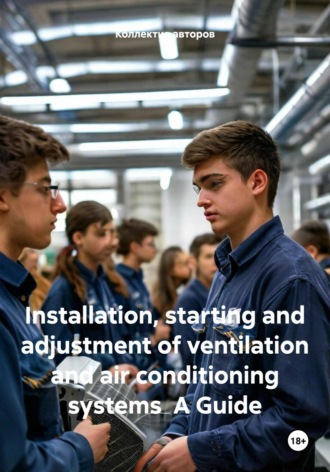Installation, starting and adjustment of ventilation and air conditioning systems A Guide

Полная версия
Installation, starting and adjustment of ventilation and air conditioning systems A Guide
Жанр: словари, справочникиучебная и научная литературасаморазвитие / личностный ростсамоучителипрочая образовательная литературазнания и навыкипсихология, мотивация
Язык: Русский
Год издания: 2024
Добавлена:
Настройки чтения
Размер шрифта
Высота строк
Поля
Конец ознакомительного фрагмента
Купить и скачать всю книгу


